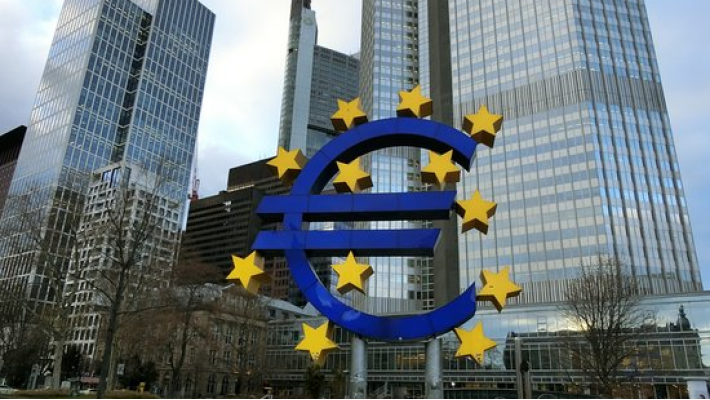Germany’s Inflation Rises to 2.1% in August, Exceeding Forecasts
Germany’s inflation rate, measured by EU-harmonized standards, climbed to 2.1% in August compared to the same month last year, according to preliminary data released by Destatis, the Federal Statistical Office. The latest figures mark an acceleration from July’s inflation rate of 1.8%, breaking a trend of deceleration that had persisted since December 2022.
The uptick in inflation exceeded analysts’ expectations. According to data from Trading Economics, economists had anticipated consumer price inflation to rise to an average of 2.0%. The actual 2.1% increase signals a slightly higher-than-predicted jump in consumer prices.
This marks the first time in 2023 that the pace of price growth has picked up since the end of last year, raising questions about inflationary pressures in Europe’s largest economy. The harmonized consumer price index (HICP), which aligns with European Union standards, is used as the benchmark for consistent comparisons across EU member states. This metric helps gauge Germany’s inflation performance within the broader EU economic landscape.
While detailed data breaking down price changes across specific goods and services will be published later, experts suggest that persistent challenges like energy price volatility and supply chain disruptions may have contributed to the rise. Germany, like other EU nations, continues to navigate the long-term effects of global factors, such as the aftermath of the COVID-19 pandemic and broader economic uncertainties.
The latest inflation figures could add renewed pressure on the European Central Bank (ECB) to assess its monetary policy measures. With the ECB aiming to maintain inflation near its 2% target across the eurozone, Germany’s rising price levels could reignite debates about future interest rate adjustments.


